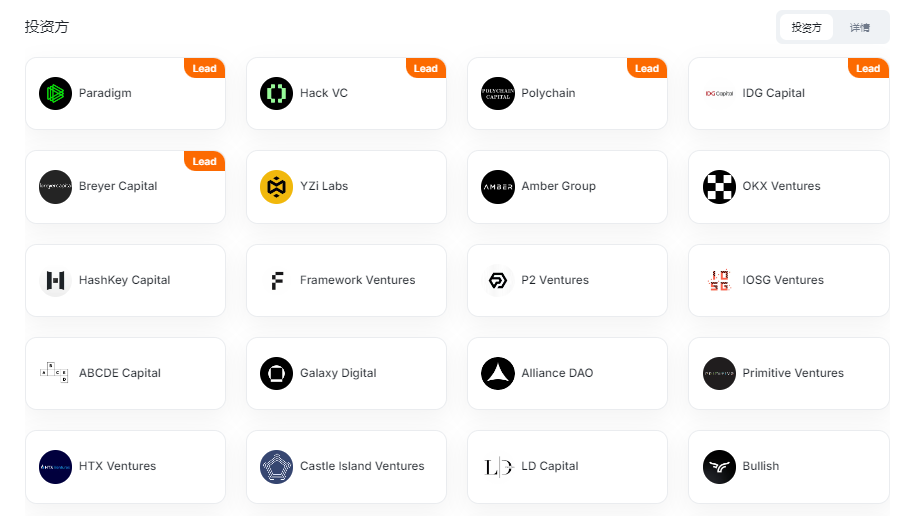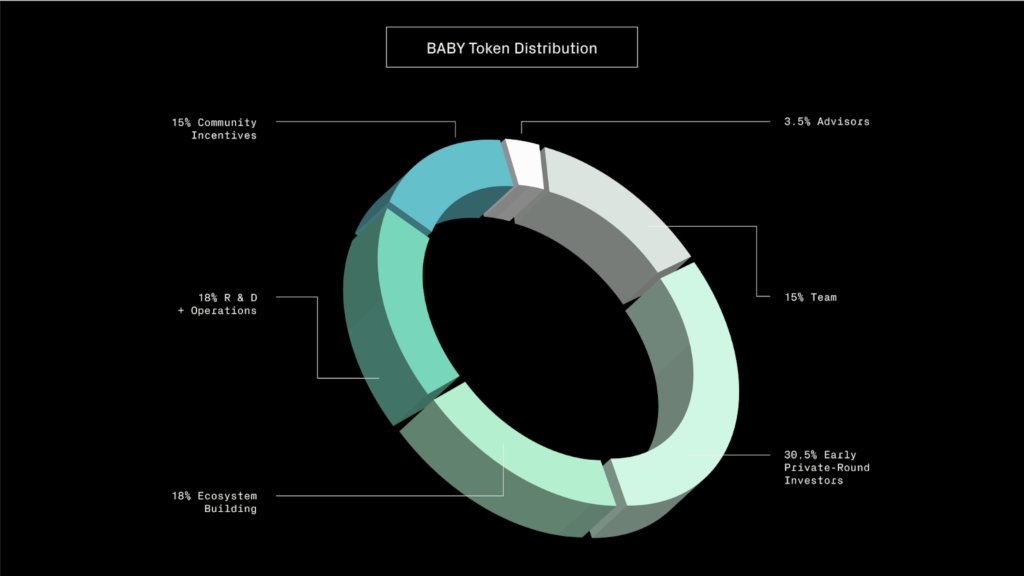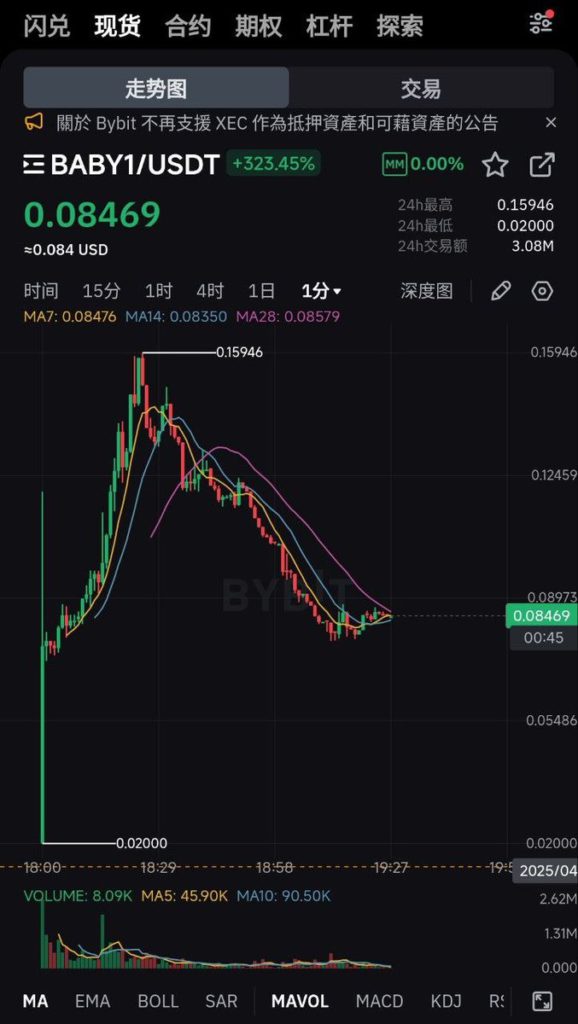I. From Stanford Laboratory to Crypto Gambling Field: Babylon's Crazy Financing Movement
When Stanford University professor David Tse wrote the paper "Spacetime Folding Theory of Bitcoin Security" in 2023, he probably didn't expect to personally open a Pandora's box worth billions of dollars. This project, which merged Bitcoin fundamentalism with Wall Street's wheat-cutting essence, completed a magical triple jump from academic paper to Binance exchange in two years - just like transforming Einstein's theory of relativity directly into a Las Vegas slot machine.

Babylon's core narrative is a perfect patchwork: one hand holding the Bitcoin "digital gold" faith banner, the other wielding the DeFi liquidity mining sickle. They claim to turn 21 million dormant Bitcoins into super bodyguards for POS chains, but are actually building a financial arena that allows dealers to short retail investors at zero cost. The "safety illusion" created by 57,000 staked Bitcoins is essentially no different from the "wealth illusion" built by casino chips.

The project's financing history is enough to make traditional VCs break out in a cold sweat: from an $8 million seed round in 2022 to a $70 million mega-investment led by Paradigm in 2024, with nearly $100 million raised in four rounds over three years, perfectly demonstrating the crypto financing model of "convincing investors with PPT to suffocate dreams with real money".
What's particularly astonishing is BingX Labs' $5.3 million investment in January 2025 - just three months before token TGE, which can be considered the ultimate performance art of the "pass the parcel" game.
II. The Fatal Wound of Token Economics: A Wealth Harvesting Machine Written in Code

The BABY token allocation plan is a textbook example of "robbing the poor to feed the rich": 30.5% goes to private investors, 15% to the team, 3.5% to advisors' pockets, with only 15% left for the community.
This is equivalent to the dealer taking 53% of the chips before the game even starts, euphemistically called "long-term lock-up".
Even more magical is that the project team disguises this blatant wealth plunder as "preventing market abuse" - like bank robbers claiming they're destroying the vault to protect depositors' funds.
The current price of $0.09 seems low but is actually full of hidden meaning. Calculated with a total supply of 10 billion, the FDV has reached $900 million, exceeding the valuation of most second-tier public chains. But the deliberately obscured "unlimited issuance" clause is the real killer move: the first year's 8% inflation rate is just an appetizer, with "community governance determining inflation" from the second year essentially being a custom-made unlimited money printer for the dealer.
While you're calculating staking returns, the project team is debugging the "token dilution" button in the backend.
The staking mechanism is even more darkly humorous: the 50-hour redemption period's "flexibility" creates a perfect arbitrage window compared to Bitcoin's 7-day lock-up period.
This time difference design is like setting a hidden rule in a casino where "the dealer can modify the roulette wheel speed at any time". The so-called "200% annual APY" is just bait to attract gamblers - when everyone wants to earn interest, the dealer is always eyeing your principal.
III. Peak at Listing: A Meticulously Planned Liquidity Massacre

Bybit short sellers experienced consecutive liquidations, with price plummeting to $0.159
The Binance listing drama on April 10th can be considered the pinnacle of contemporary financial performance art. The concentrated token airdrop selling and precise market maker control perfectly replicated the "penny stock" manipulation from "The Wolf of Wall Street". That 40% instant surge that made retail investors cheer was merely a "stress test" of market sentiment - like a butcher gently stroking a lamb before slaughter.
The pre-market trading price of $0.07 was essentially a psychological anchoring trap. While retail investors thought they were getting a bargain, market makers had already established short positions in the futures market. The 22.9% initial circulation design was even more ingenious: creating an illusion of "circulation scarcity" while reserving ample ammunition for subsequent sell-offs.
That price crash that made a $200 million market value vanish was just an appetizer for capital predators.
Observing on-chain data reveals a more brutal truth: Within 24 hours of airdrop release, $21 million worth of Bitcoin was lightning pledged. This is equivalent to gamblers rushing to the cashier window immediately after receiving chips - smart money is always three steps ahead of retail investors. The so-called "top exchanges fully entering" was merely hanging a five-star hotel sign on a slaughterhouse.
IV. Future Trend Speculation: A Crypto Wild West Battle of Monsters

In the short term, $0.08-$0.12 will become a battlefield of bulls and bears. Market makers need to complete chip transfer in this range: neither dropping below private placement cost to avoid institutional penetration, nor failing to create sufficient volatility to attract leveraged gamblers. Especially after Binance contract listing, a classic "spot subtle decline + contract price spike" combination is expected.
Those retail investors dreaming of replicating EigenLayer's trend will soon realize they're just extras in someone else's script.
In the medium term, the biggest variable lies in Bitcoin ecosystem's collective hysteria. If Bitcoin L2 narrative can survive for another half year, Babylon might pull two more waves riding the "staking as a service" story.

But referencing current TVL growth rate, this castle in the air built on 57,000 staked Bitcoin is as fragile as an empire built on matchsticks. More fatally, the 66% token reserve by project team is like the Sword of Damocles, potentially triggering a nuclear-level sell-off at any moment.
Long-term, the project's ultimate fate was already written in the whitepaper: either becoming the AWS of Bitcoin ecosystem or degenerating into a code-based Ponzi scheme.
But with the current team's greedy token economics design, the latter probability exceeds 90%. When staking returns fail to cover inflationary losses, the entire system will enter a "death spiral" - like P2P platforms maintained by borrowing to repay, ultimately leaving nothing but scattered feathers and cries in rights protection groups.
V. Ultimate Interrogation: What Are We Actually Buying Into?
When we dig deep into Babylon's glamorous facade, we discover a spine-chilling truth: This project claiming to "enable Bitcoin's security value" is essentially creating a new type of financial parasite. The "security services" generated by Bitcoin staking are like makeup on a corpse - seemingly beautiful, but rotten inside.
In this story, Stanford professors become casino designers, Bitcoin believers transform into lambs for slaughter, and the noble ideal of "decentralization" ultimately degenerates into a marketing rhetoric for harvesting retail investors. Perhaps one day, when David Tse sips wine in his Silicon Valley mansion, he'll softly laugh at the K-line chart: "Look, these fools actually believed code could turn stone into gold."
The absurd drama's final chapter is already written: When the last bag holder leaves the table, when staked Bitcoin recedes like a tide, what remains are only the cold digital numbers from exchanges and the never-extinguishing flame of anger in rights protection groups. And the Wall Street wolves have long since carried their billions in spoils, rushing to the next hunting ground.






